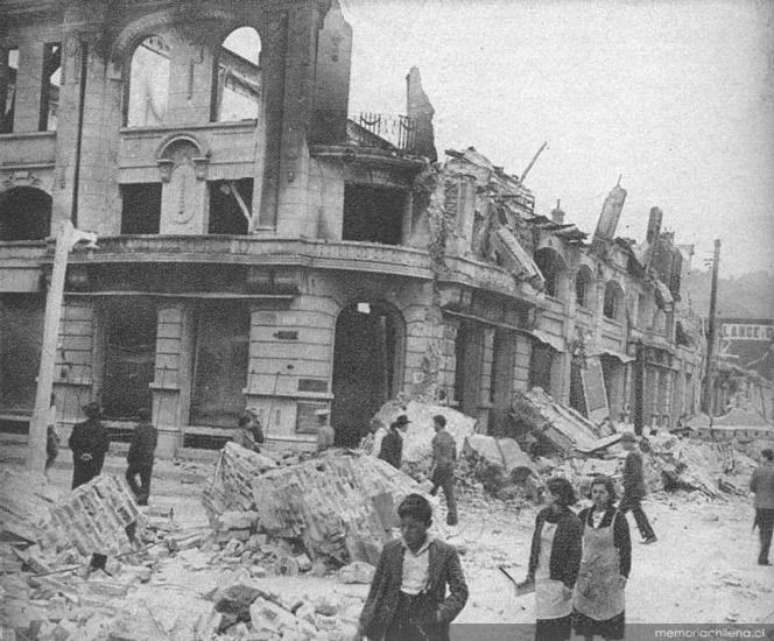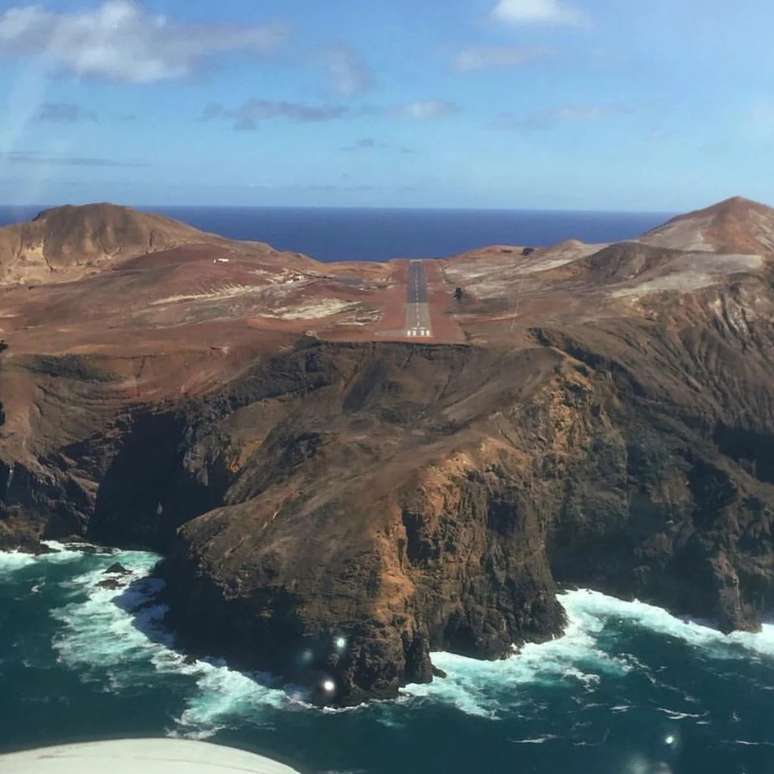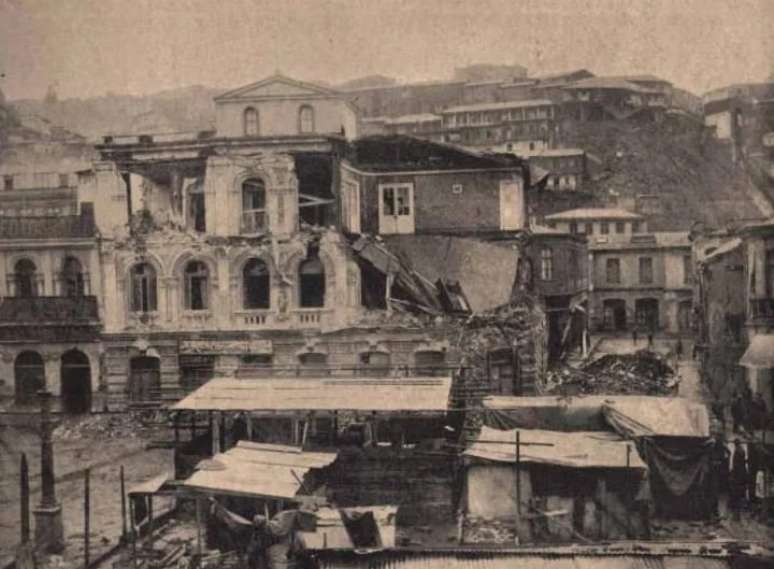The country was hit by the largest earthquake in the world, with a magnitude of 9.5 […]
Last Friday night, December 13, the central region of Chile felt the shocks of a 6.3 magnitude earthquake, at a depth of 114 km.
Without victims or structural damage, the phenomenon was felt in eight different regions of the country, including the capital Santiago, and had its epicenter 51.57 km from Curicó, in the Maule region.
In July this year, a 7.4 magnitude earthquake hit the region near the Atacama desert, on the border between Chile and Bolivia. The impact would have been so strong that, at the time, even residents of Sao Paulo and Minas Gerais reported feeling the earthquake.
But historically, earthquakes are nothing new in Chile.
Historic earthquakes in Chile
According to the CSN (National Seismological Center of the University of Chile), since February 1570, the country has recorded dozens of large earthquakes with a magnitude greater than 7 and at different depth levels.
If for the Mapuche culture the phenomenon was a sign of a cosmic imbalance and for the Catholic tradition, divine will or punishment, science explains that its frequency in the country is due to its position on the Pacific Ring of Fire, known as one of the most unstable and seismic conditions in the world.
The first news dates back to 8 February 1570, when the coastal city of Concepción was hit by a tsunami from which the population, warned in advance, managed to escape without casualties.
The following centuries saw large earthquakes, including in Chile, such as that of May 1647, which left Santiago in rubble and suffered a serious economic crisis; and that of 1730, considered the largest in the central area of the country, with effects on sectors such as La Serena and Chillán.

The largest earthquake in the world
The most important moments of the 19th century were the earthquakes of 1822, which reached magnitude 8.5, in the central area of the country, and that of 1835, in Concepción and Talcahuano. Not to mention the tsunamis in southern Peru in 1868 and northern Chile in 1877, both causing serious damage to the city of Arica.
However, the 20th century will demonstrate, from the early years, that it will be a season of notable seismic activity, like that of 1906, considered one of the most disastrous of the republican era. That year, Valparaíso, the country’s main financial and commercial center, was almost completely destroyed, reduced to rubble and with thousands of deaths.
The century continued with the earthquakes of Atacama (1922), Talca (1928), Chillán (1939), Southern Region (1949) and Calama (1950).
However, the largest earthquake, not only in Chile but in the world, occurred in 1960, with a magnitude of 9.5, in the provinces of Cautín, Valdivia, Osorno, Llanquihue and Chiloé, with serious damage to cities and geographical changes, due to the tsunami that arrived causing a succession of gigantic waves that destroyed the coastal cities.
In the video below you can see the boat trip that the Travel by fare It was built in a flooded forest on an internal branch of the Chepu River, a consequence of this powerful earthquake of 1960, which had its epicenter in the city of Valdivia and altered the course of the Chiloé rivers.
SEE DETAILS
The oscillating 20th century continued with other earthquakes such as that of March 1965, in La Ligua (7.4); July 1971, from Antofagasta to Valdivia (7.8); 1985, of magnitude 8, in the central area of the country; and another also of magnitude 8.0, in Antofagasta, in July 1995.
The 21st century began with earthquakes with magnitudes between 6.24 and 7.8, in the regions of Tarapacá, Aysén and Tocopilla.
However, the February 2010 earthquake would be considered the second most destructive in Chile’s history, an 8.8 magnitude earthquake, which struck several areas of the country, including the isolated Juan Fernández archipelago, 670 km from the Chilean coast.
The earthquake, followed by a tsunami, killed 521 people and left 56 missing.

* with information from the National Library of Chile and CSN
Source: Terra
Ben Stock is a lifestyle journalist and author at Gossipify. He writes about topics such as health, wellness, travel, food and home decor. He provides practical advice and inspiration to improve well-being, keeps readers up to date with latest lifestyle news and trends, known for his engaging writing style, in-depth analysis and unique perspectives.








